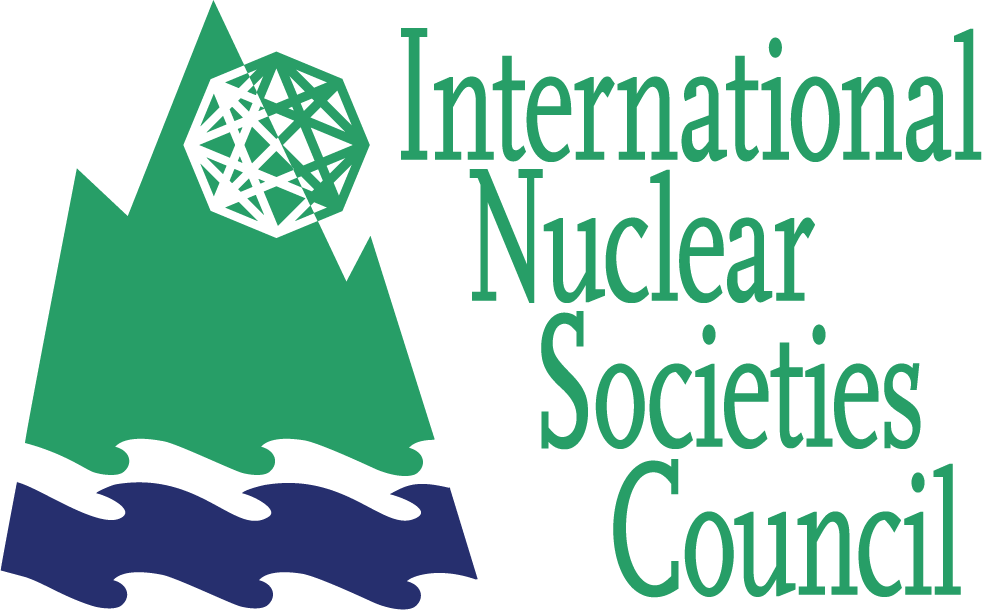NUCLEAR SAFETY CONVENTION
(October 2, 1994)
The INSC wishes to present to the IAEA, that will provide the secretariat for the meetings of the Contracting Parties, some suggestions related to the process for reviewing the reports on the measures taken by each Contracting Party to implement its obligations of the Convention. In writing these suggestions, the INSC made a large use of the clarification document attached to the Convention .
Suggestions for the Review Process
The reports submitted pursuant to Article 5 of the Convention will hereinafter be referred to as “the national reports”. The process for reviewing them, under Article 22, will be established by the Contracting Parties at the preparatory meeting held pursuant to Article 21; this process will be hereinafter referred as to “the review process”.
The INSC has examined two steps in the review process:
Step 1: The preparation of the national reports
Step 2: The review meetings of the Contracting Parties (Article 20), hereinafter referred as to “the review meetings”.
Step 1: The national reports will be prepared under the sole responsibility of the member States. Their form, structure and date of submission will follow the guidelines and directives established by the Contracting Parties (Article 22). The INSC suggests that:
The national reports should, as applicable, address separately each obligation of the Convention, and demonstrate how it has been met, with specific reference to – inter alia – legislation, procedures and design criteria.
When a national report states that a particular obligation has not been met, that report should also state what measures are being taken or planned to meet that obligation.
Each national report should include, when applicable, the response of the Contracting Party to conclusions and recommendations of the previous review meetings.
The national report should make reference inter alia to the results of recognized international peer review mechanisms such as IAEA, OECD/NEA and WANO services, when available.
Before submission to the Convention review process, the national reports may be reviewed, under national responsibility, by experts independent from the regulatory and operating organizations; the results of the review would be attached to the national report. When a Contracting Party cannot rely upon an existing national group of recognized experts, it should be able to request the assistance of international experts selected from a list endorsed by the Contracting Parties.
The INSC considers that the preparatory meeting (Article 21) could recommend that all national reports should be reviewed by international experts before submission to the Convention process. A list of recognized experts would have to be endorsed by the preparatory meeting and made available to each Contracting Party. The INSC could provide in due time suitable lists of experts from all over the world, kept up-to-date.
Prior to the review meetings, each Contracting Party will have to analyze the national reports from other Contracting Parties. If it needs the assistance of experts for this task, the Contracting Party could use that same list of international experts.
Step 2: Under Article 20, sub-groups may function during the review meetings, and each Contracting Party shall have a reasonable opportunity to seek clarification of the national reports. The INSC suggests that the review meetings should be organized in the following way:
The first part of the meeting would be devoted to a plenary discussion of the national reports with the main purpose of clarification; there would be no official record of the discussions.
In the second part, the meeting would split into sub-groups, each group examining a topical area; the list of the areas, and the names of the corresponding chairpersons of the sub-groups, will have been selected at the previous review meeting, and, for the first meeting, at the preparatory meeting (Article 21), by the Contracting Parties. The purpose of a sub-group meeting would be the review of all national reports in its topical area.
In each sub-group, experts would identify problems, concerns, uncertainties, or omissions in national reports, focusing on the most significant concerns, in order to ensure efficient and fruitful debate. Experts would be selected by a steering committee composed of the chairperson of the meeting and the assembly of all sub-group chairpersons.
Representatives of the Contracting Parties would have the possibility to ask questions about the treatment of relevant safety questions in other national reports and to summarize their views based upon the work done before the meeting for examination of other national reports.
The chairperson of each group would produce a summary document dealing with the safety issues raised during the discussions, without specifying individual countries.
The last part of the meeting would be plenary; the conclusions of all sub-groups would be presented, and a document available to the public would be adopted by consensus (Article 25). The topical areas for the next meeting would be selected, and the chairpersons of the meeting and the sub-groups designated; they would constitute the steering committee of the next meeting.
The effectiveness of the suggested review process will rest upon the quality and competence of recognized safety experts. The INSC reiterates its proposal to provide the Contracting Parties with lists of experts from all over the world, with due consideration to the geographical distribution of the Contracting Parties, and to keep them up-to-date.
